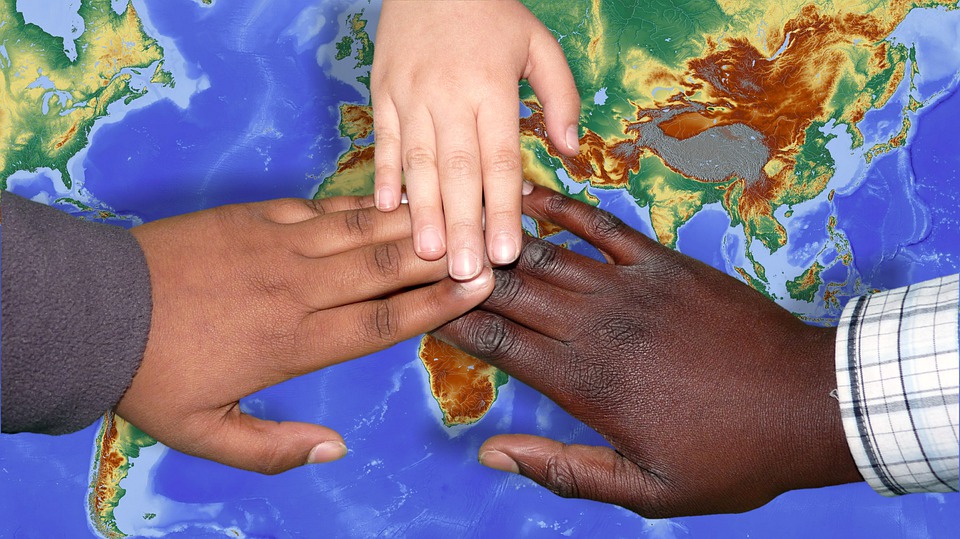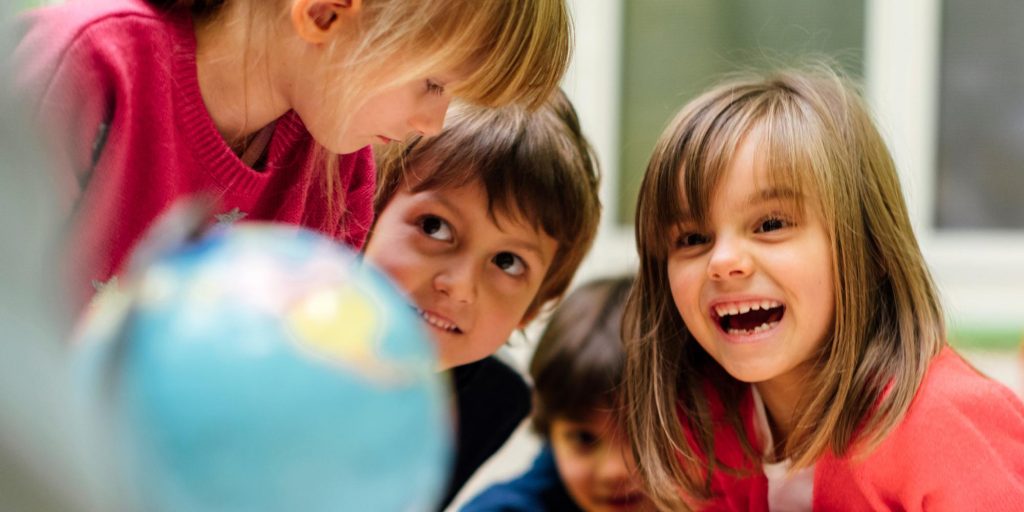07 Aug 2019 | Articles
Education for Peace for avoiding or reducing violence
Selfishness, intolerance, mistrust, a desire to benefit at the expense of others – in short, generalized ignorance – creates the conditions that promote the eruption of violence. In this regard, countless families are in a state of disintegration, veiled animosity, open fights, physical violence, insults, provocations, and psychological and physical abuse. Emotional learning, the development of skills to deal with the emotions, is the only effective way to contain the process of violence. But how can violence be avoided? How can it be reduced? How do you build peace? The answer is in the mind. It is in the mind that we must promote processes that lead to peace and harmony. Therefore, it is necessary to adopt short, medium, and long term strategies, simultaneously. There is no doubt about the general direction to be followed: launch solid foundations for peace in the families and in schools. It is the work of education. The school is in the center of this process. We know that the education of the educators is performed by the very educators that stand out and constitute a reference point in education. On the other hand, the question is: who educates the family? Several actors and institutions must participate in this endeavor.
However, the expectation remains that the school of the future will have a privileged role in the education of the family and the community. Educators, within the space of the school, have the commitment to look outside, and build the interface and dialogue between “family-school” with the families. Therefore, imagine the education of the future with educators looking outside, to the families, and educators looking inside, to the classroom, and to the students. Education may, in a privileged manner and ahead of other social institutions, arrive earlier and more appropriately to the families.
We are submerged and impregnated with the values that structure the culture of violence. The reality suggests the need to improve actions to build a Culture of Peace and Non-Violence. For this, we seek an action of fundamental importance, a step dreamt by all the pacifists in the world: to include, systematically, in the teaching curriculum at all levels, the contents of a Culture of Peace. In this way, all students will incorporate, with their regular classes, the foundations and the values of the Culture of Non-Violence.
“Civilizing signifies reducing violence,” said Karl Popper. “To educate is, above all, to configure spaces of living,” says Humberto Maturana. Teaching comprehension with the “right-thinking,” with introspection, awareness of the human complexity, congeniality, and the internalization of tolerance constitutes an essential foundation for the education of the future, in the wise vision of Edgar Morin. “Educating demands availability for dialogue to reduce the distance between the educator and the student,” suggests Paulo Freire.
According to Mark Greenberg, there are five fundamental contents in the curriculum of emotional learning: teaching to calm down, teaching to perceive the emotional states of others, teaching to talk about feelings to resolve interpersonal difficulties, teaching to plan and think in advance, and also to teach to analyze how our behavior affects others. These foundations hope to be incorporated in education.
The Chilean philosopher and sociologist, Juan Casassus, conducted a study for UNESCO and published the book “The school and inequality” in which he analyzes the factors that favor the successful development of students. The most surprising discovery was the importance of the environment that was favorable to learning in school, and, specifically, the need for an appropriate emotional climate within the classroom. In institutions in which the students got on well with colleagues, without fights, with a harmonious relationship, and without interruptions in the lessons, they performed better. Education for peace, from the perspective of educating the emotions, promotes the professional and personal success of our children and adolescents.







